Only logged in customers who have purchased this tour may leave a review.
North Seymour Dive Tour
This dive is considered middle to easy, since you will have some current. It take place in the Southeast point of North Seymour. This site can be combine with a second dive in: Gordon Rocks or in another point of the North Channel (Mosquera or Baltra). This dive includes pelagic wildlife and good chances to see several species of sharks.
Duration
1 day
Length
Full Day
Team
Bilingual guide
Meals
1 Lunch
1 Snacks
Group Size
16
Key Features
-
Galapagos sharks
-
Almaco jack fish
-
White-spotted eagle rays
-
Barracudas
Description
This site can be a little more challenging that North Plaza, currents goes through this point in North Seymour which slopes downwards, interrupted only by a rocky platform with small caves, where some animals like to rest. The dive goes along the coast and then going into the blue ocean to find pelagic animals with the flow of the current. There is a good opportunity to find cleaning stations, where big animals as sea turtles enjoy a “spa” sesion. There are two sea lions colonies nearby, so sea lions will be on the head of the list, follow by white and black tip sharks, Galapagos sharks, hammerhead sharks, large schools of almaco jack fish, rays, barracudas, marine invertebrates and more.
North Seymour Dive Tour
- Puerto Ayora
- Itabaca Channel
- North Seymour
- Gordon Rocks
Puerto Ayora
Puerto Ayora, Ecuador
Itabaca Channel
Itabaca Channel, Ecuador
North Seymour
North Seymour Island, Ecuador
Gordon Rocks Dive Site
Gordon Rocks Dive Site, Ecuador
Travel Tip
The day before your trip, you need to attend to the dive center to sign the release form, to get more information of your trip and to try the gear and equipment. Don’t forget to bring your dive certificate.
For the trip, we recommend to wear comfortable cloth, enough sun protection. It’s better to wear your bathing suit on and to bring extra dry cloth to change. Don’t forget your water approf camera and water bottle.
Information
Tour details.
- Departure
- Dive Center in Puerto Ayora
- Departure Time
-
- 7:15 am
- Return Time
-
- 5:00 pm
- Included
-
-
Bilingual guide
-
Transportation
-
Lunch
-
Snack
-
Check Dive
-
- Not Included
-
-
Extra drinks
-
Tips
-
Nitrox tank (you need to present a certification)
-
DIN adapter
-
Dive computer
-
Extra air tank
-
Wetsuit
-
Meeting point
Dive Center
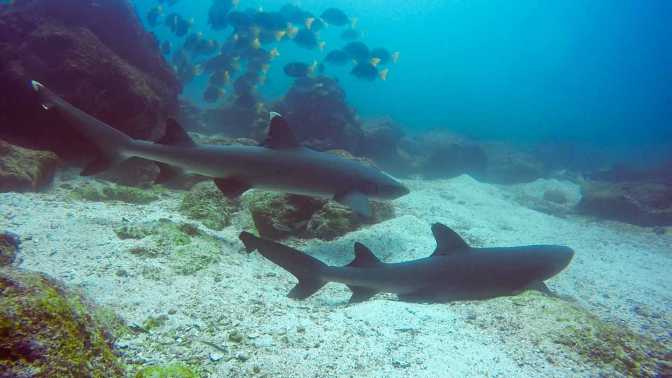
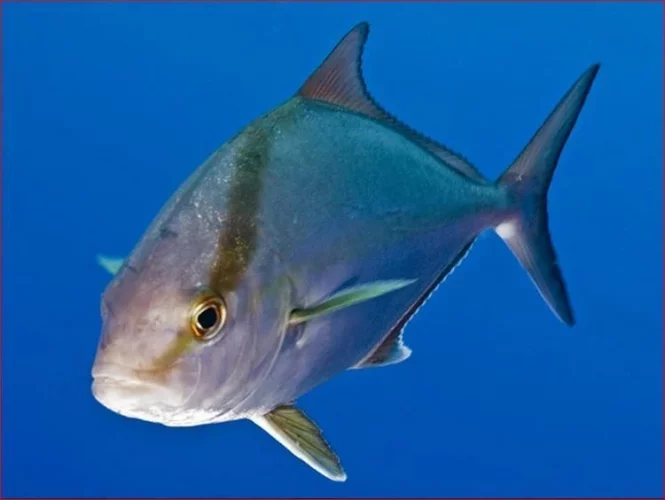
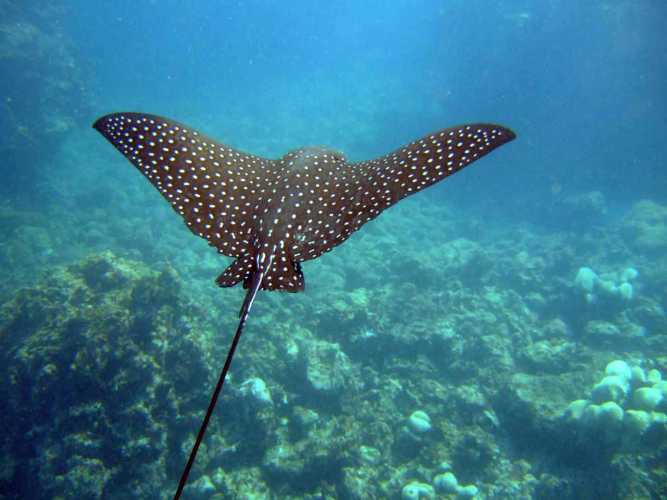
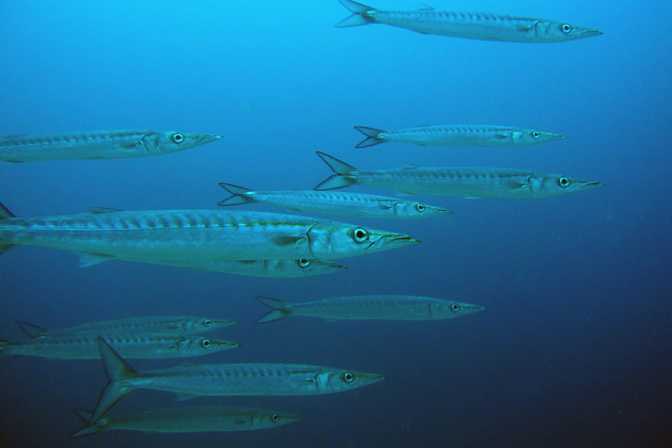
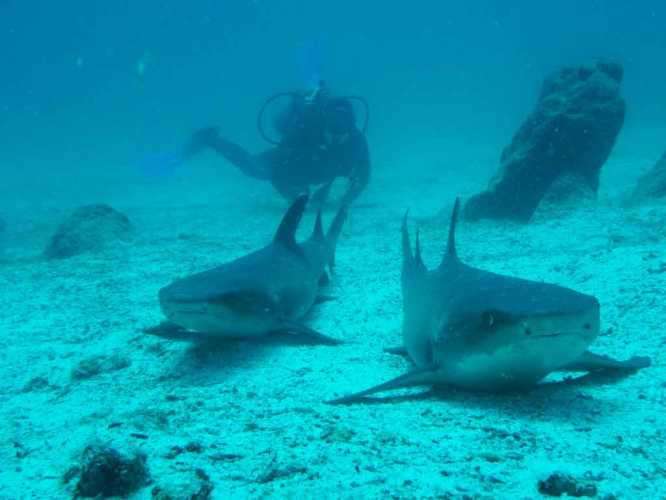
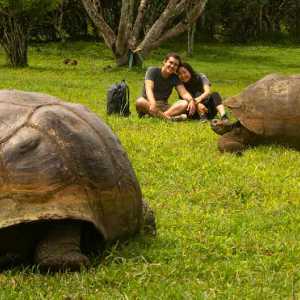
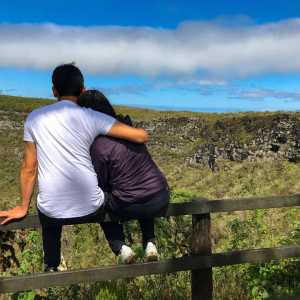


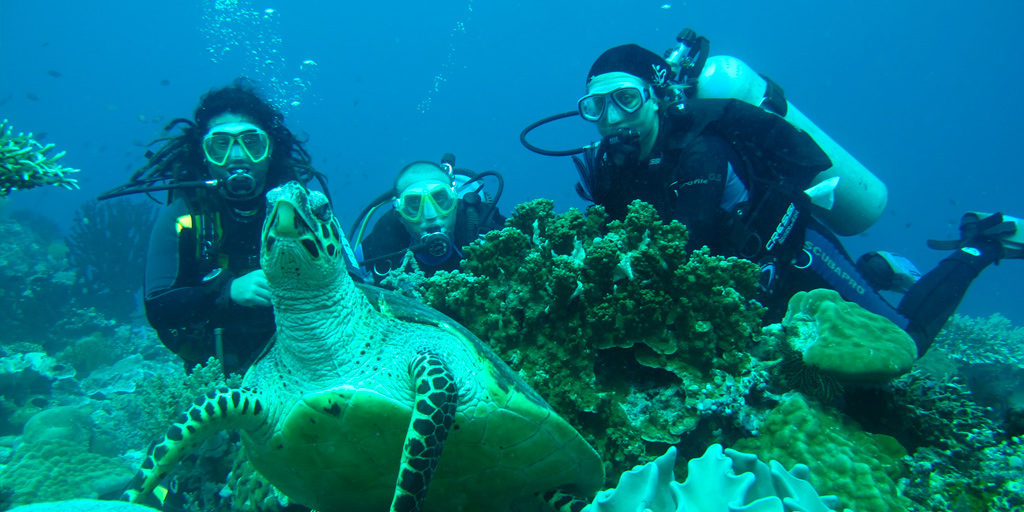

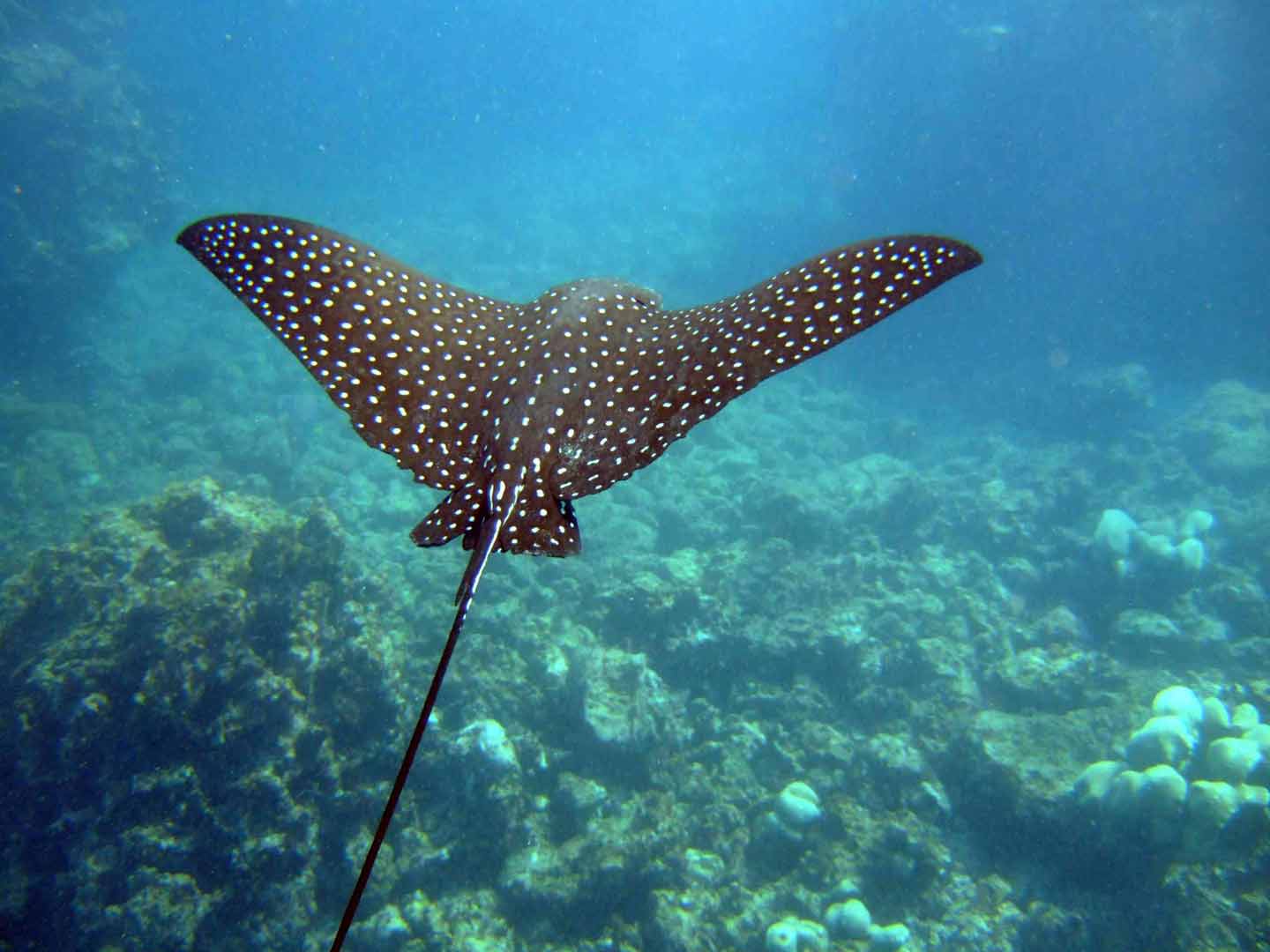
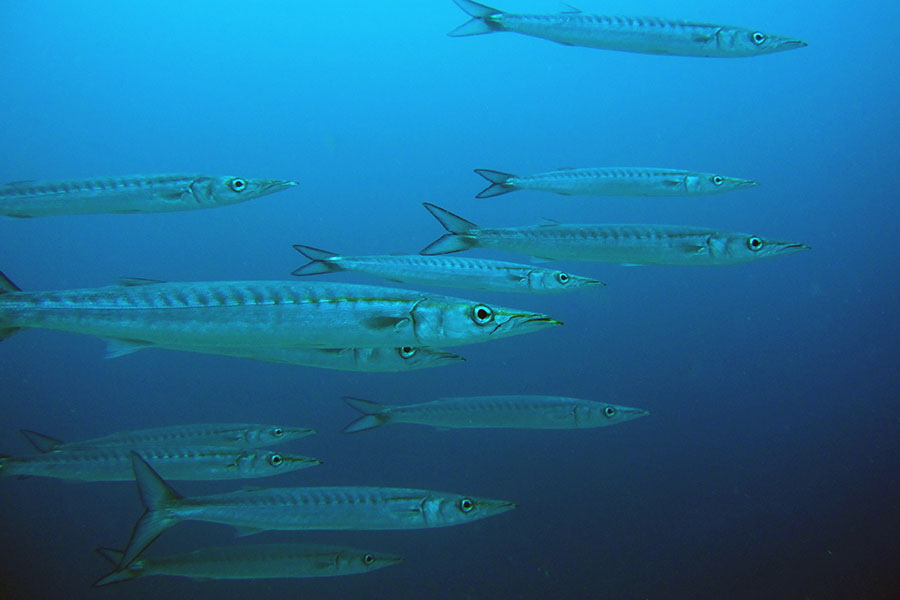

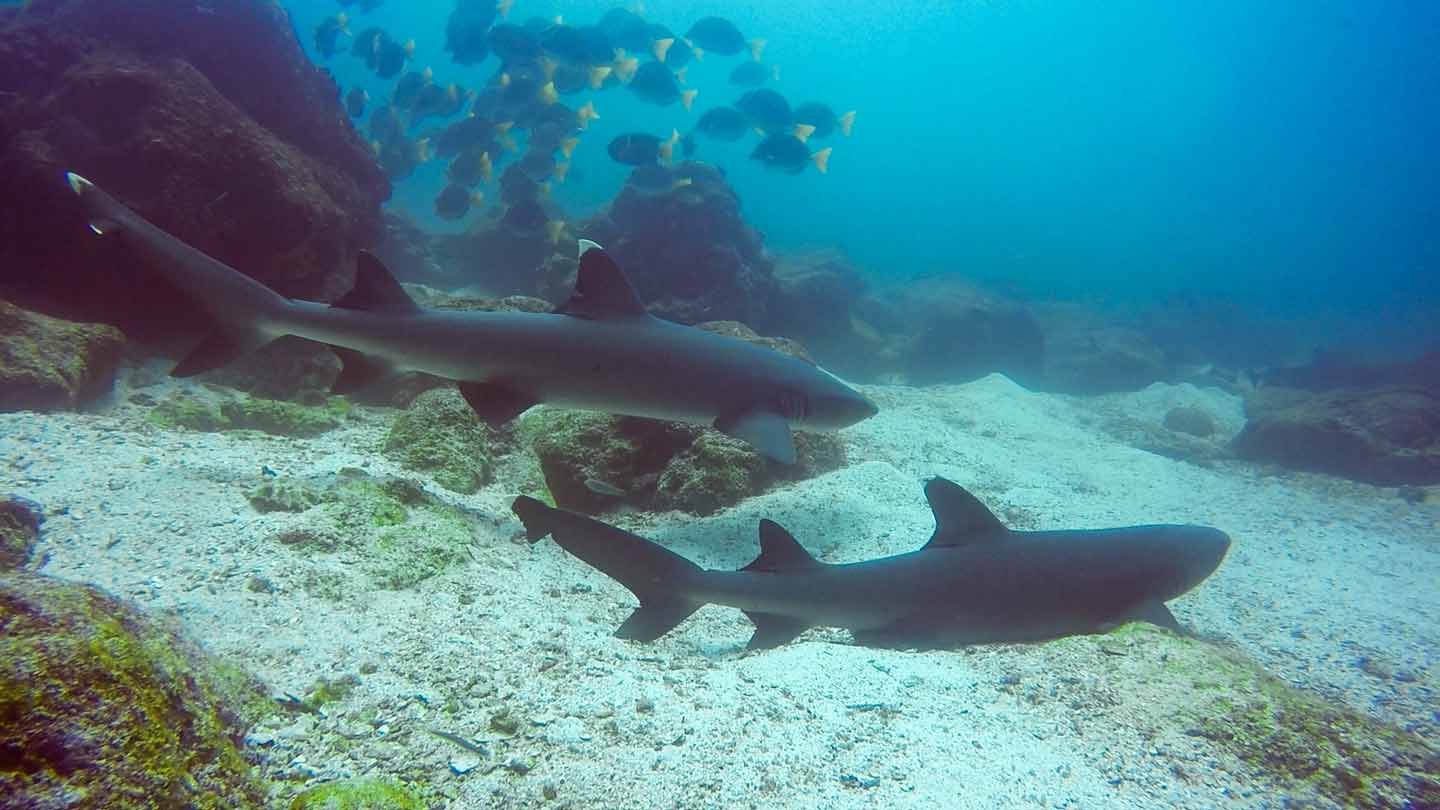

Reviews
There are no reviews yet.